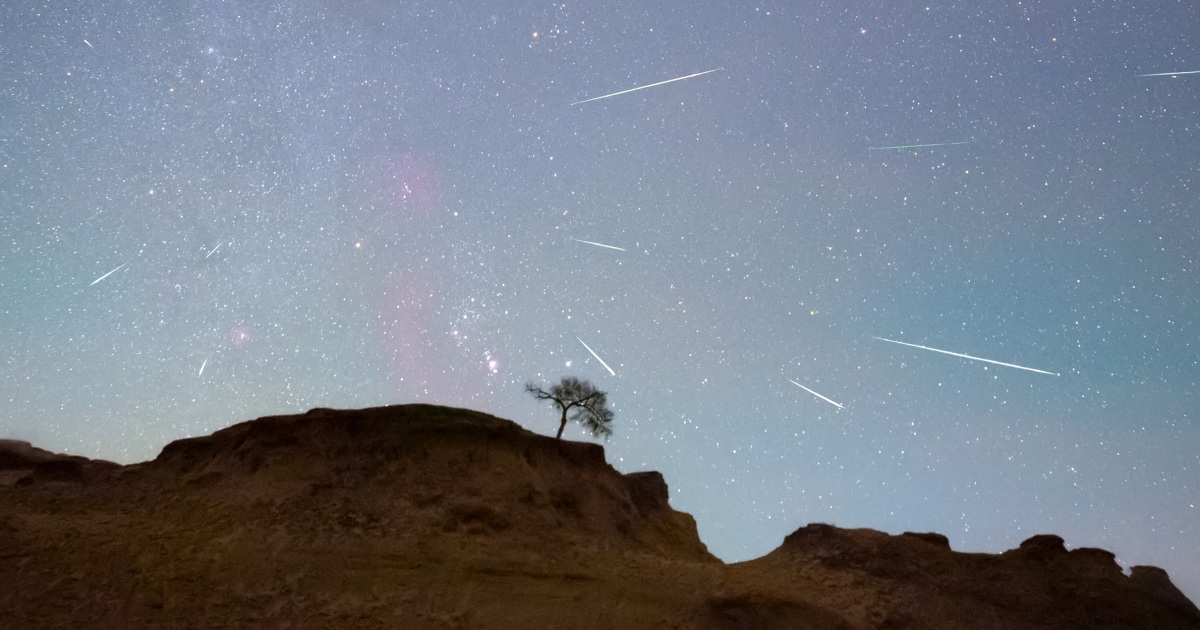
Planetary Formation
Planetary formation is the process by which planets form from the disk of gas and dust that surrounds a young star. This process begins with the collapse of a molecular cloud, which forms a protostar at its center. As the protostar grows, it begins to heat up and emit radiation, which blows away the surrounding gas and dust. The remaining material begins to clump together, forming planetesimals, which collide and merge to form planets. The process of planetary formation is complex and can take millions of years to complete. It is influenced by a variety of factors, including the mass and composition of the protoplanetary disk, the distance from the star, and the presence of other planets in the system.
Your Previous Searches
Random Picks
- Geological Samples: Geological samples refer to the collection of rocks, minerals, and other materials obtained from extraterrestrial bodies such as planets, moons, asteroids, and comets. These samples are collected by spacecraft missions, such as the Apollo m ... Read More >>
- Temperature Management: Temperature management in space and astronautical engineering refers to the control and regulation of temperature within spacecraft, space habitats, and space suits. Maintaining a stable temperature is crucial for the survival and comfort o ... Read More >>
- High-speed Missiles: High-speed missiles are advanced weapons that are designed to travel at hypersonic speeds, which is typically defined as speeds greater than Mach 5. These missiles are capable of delivering a variety of payloads, including conventional or n ... Read More >>
Top News

Bestselling author explains the science of happiness: "You can do the work"...
Bestselling author and Harvard professor Arthur Brooks opens up about how enjoyment, satisfaction and meaning in life can increase a person's wellbeing....
News Source: CBS News on 2024-11-18

November's full moon, known as the Beaver Moon, is the last supermoon of 2024. H...
November's full moon, known as the Beaver Moon, is the last supermoon of 2024. Here's when it peaks and why it's called the Beaver Moon....
News Source: CBS News on 2024-11-15

You can't put a price on the sense of awe particle physics inspires...
Astronomy and particle physics are no longer seen as vital by the US establishment, so funding has fallen. But our work creates a sense of wonder, and wonder matters, says Chanda Prescod-Weinstein...
News Source: New Scientist on 2024-11-13

If you want to stretch your gift game into days this holiday, check out these ad...
The advent calendar phenomenon is growing every year, with so many exciting, fun, beautiful, and delicious options available...
News Source: ABC News on 2024-11-04

November brings a bonanza of meteor showers...
November brings a skywatching bonanza, with three meteor showers — the Southern Taurids, Northern Taurids and Orionids — offering chances to see shooting stars....
News Source: NBC News on 2024-11-02